In the span of just a few decades, digital technology has profoundly transformed our daily lives in unprecedented ways. We now can access an immense wealth of information at our fingertips, enabling us to discover knowledge and insights instantaneously. The advent of digital devices has not only facilitated the production and processing of massive amounts of data, but has also provided us with the capacity to store it in ways that were previously unimaginable.
Digital platforms have revolutionised our modes of interaction, allowing us to stay connected with friends, family, and communities across the globe at any hour of the day. This constant connectivity has reshaped the very fabric of communication.
The Digital Age – Instant Maps Everywhere
A remarkable innovation of this digital era is definitely Google Earth, a virtual three-dimensional globe developed by Google.
It combines satellite imagery, topographical data, aerial photography, and more, to create a vivid and interactive representation of our planet. With its immersive 3D experience and revamped visuals, it provides users with a dynamic way to explore the Earth from almost anywhere.
Despite frequent updates, Google Earth doesn't provide real-time imagery. The satellite photos you see may be days, weeks, or even months old. Still, the platform allows users to travel the world from the comfort of home– exploring everything from lion habitats and underwater landscapes to architectural marvels.
Scientists, nonprofits, geographers, and curious individuals alike have harnessed Google Earth to document and analyse global changes. Projects have included mapping sea level rise in coastal cities, tracking shifts in indigenous languages, monitoring forest cover, studying air pollution in London, and observing urban expansion across continents. For many, it’s a daily tool for satisfying curiosity and gaining insight into the world.
Digital vs. Physical – What's Missing?
Despite its innovative features, the platform keeps its limits. The most noticeable flaw is the lack of a tactile experience– it doesn’t provide the physical presence and sensory engagement of a traditional globe. Additionally, the vast amount of data available can be overwhelming, making navigation challenging for some users.
Perhaps most importantly, the platform’s reliance on digital imagery can distance us from the bodily world. With our increasing screen time, this disconnect may diminish our appreciation for the planet’s tangible beauty. While Google Earth is a powerful tool, it cannot replicate the human connection to geography that a handcrafted globe can inspire.
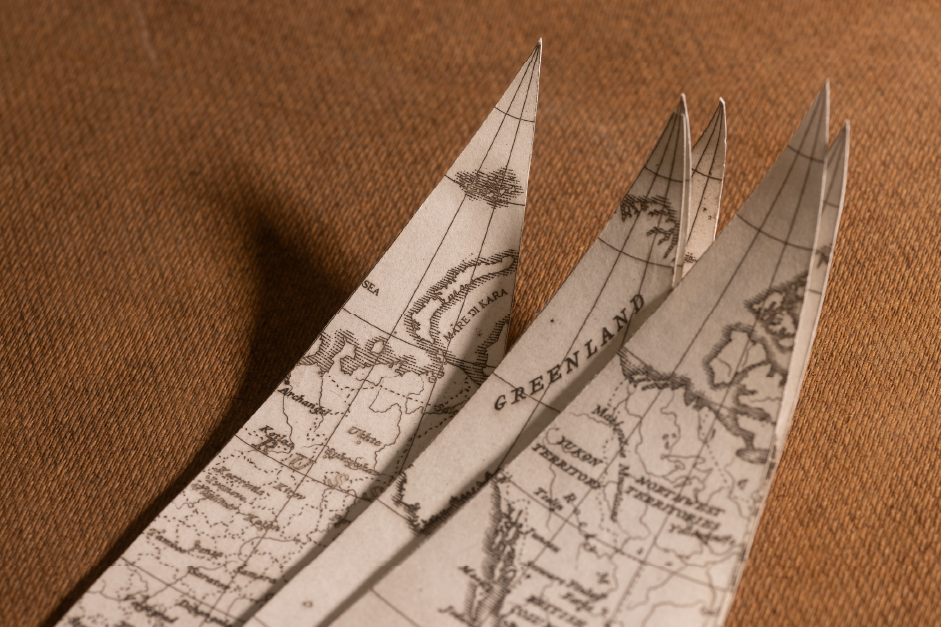
So Why Do People Still Buy Handmade Globes?
It's a question worth asking. In a world dominated by digital tools, the lasting appeal of physical globes speaks to something deeper: nostalgia, craftsmanship, and the desire for a more palpable experience. Not everything that glitters is digital gold; sometimes, traditional methods still hold significant value. Unlike their digital counterparts, handmade globes provide a deeply personal and tactile experience, captivating collectors, geographers, and art enthusiasts alike. These globes are more than mere navigational tools– they embody craftsmanship, history, and creativity.
Creating a handmade globe is a meticulous process that begins with shaping the sphere from materials like wood, papier-mâché, or plaster of Paris. Once the core is formed and smoothed to perfection, cartographers apply gores (specially designed map segments) by hand. Artists then bring the globe to life with delicate brushstrokes, painting mountain ranges, rivers, borders, and other features with precision and care.
However, this is just one of the many creative techniques used by globemakers; this field is broad.
Aesthetic and Emotional Appeal
Handmade globes stand out not only for their craftsmanship, but also for their ability to spark curiosity. Their fine details and three-dimensional form make continents and oceans feel more vivid than any flat map or screen. Often painted in earthy or sepia tones, these orbs carry a nostalgic elegance that complements home libraries, studies, and collectors’ cabinets.
This revival of artisanal globe-making reflects a broader appreciation for traditional crafts. Renowned workshops such as Bellerby & Co. Globemakers in London display the blend of old-world techniques and modern artistry. Their globes are celebrated as functional tools and collectable artworks.
For many, a vintage-look globe evokes the spirit of early exploration. The subtle hues and classic design, echo the aesthetics of Renaissance-era maps, making them timeless additions to any décor, whether traditional or contemporary.
Handmade globes are more than geographical representations; they are invitations to explore. They remind us of a time when discovery was a hands-on endeavour, and maps were painted with care and reverence.
Unlike flat maps, globes provide beautifully painted representations of the Earth's surface. Both terrestrial globes (which depict the Earth) and celestial globes (showing the positions of stars) have been around since at least the 2nd century BC. The oldest surviving terrestrial globe was created in 1492 by Martin Behaim, a German navigator and mapmaker.
Globe-making saw significant growth during the Renaissance, driven by innovations such as the printing press and the rediscovery of Ptolemy's "Geographica".
Historically, globe-makers shaped their spheres using plaster of Paris layered over moulds, then smoothed the surface to create a flawless canvas. In traditional workshops, artisans used wooden moulds and rotating armatures to achieve perfect symmetry– a testament to the precision and artistry of the craft.
Rediscovering the Tangible in a Digital Age
But beneath the surface lies a profound truth– one that transcends the boundaries of art. It speaks to the essence of staying grounded in our increasingly frenetic world. In an era where everything whizzes by at breakneck speed, the simple yet powerful act of seeing and touching something tangible offers us a precious opportunity to pause.
This moment of connection allows us to reconnect with ourselves and the world around us, fostering a sense of presence that is often lost amidst the digital din. Engaging with physical experiences helps us to reclaim a long-forgotten serenity and clarity, gently countering the overwhelming chaos that modern technology can usher into our lives.
Modern neuroscience supports this idea. Brain imaging studies show clear structural changes in early childhood and adolescence that are linked to intensive digital media use. Technology appears to influence key brain functions, including visual perception, language development, and cognitive processing.
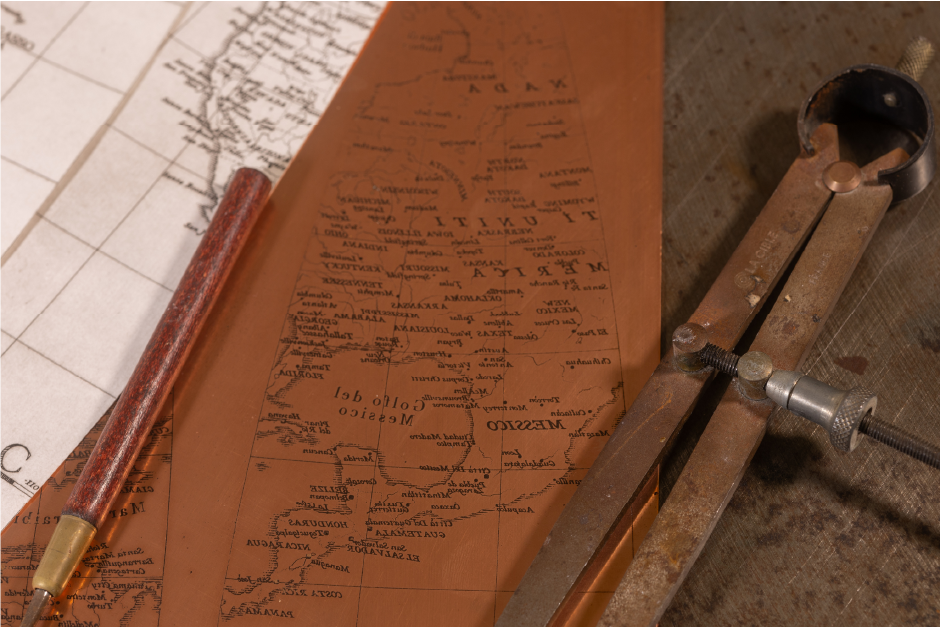
According to researchers Margret R. Hoehe and Florence Thibaut, in their study "Going Digital: How Technology Use May Influence Human Brains and Behavior," over 4.57 billion people, 59% of the global population, were using the internet as of December 31, 2019. Usage rates vary widely, from 39% in Africa to 95% in North America. The Digital 2019 report compiled by Ofcom reveals that people spend an average of 6 hours and 42 minutes online each day, ranging from 3h and 45 minutes in Japan to over 10 hours in the Philippines. That adds up to more than 100 days per year for every internet user.
These statistics are concerning, but the real issue lies in how people use digital devices and for what purpose. Digital technology is not inherently good or bad– it depends entirely on how it's used. It can be either a tool for creativity, learning, and connection, or lead to distraction, dependency, and disconnection.
This brings us back to the importance of physical experiences. The simple touch of a globe is something rare today, yet deeply meaningful. Experiencing it firsthand is something everyone should do. Handmade globes not only revive ancient techniques through the hands of young artists, but they also reflect personal histories, worldviews, and artistic interpretations. Globes come in an array of fascinating types, ranging from terrestrial globes that illuminate the geography of our planet to celestial globes that chart the stars and constellations adorning the night sky. Beyond these, some weave tales of adventure, music, mythology, and even elements of the fantastical.
In an age where Google Earth serves as a convenient everyday tool, there’s an unparalleled pleasure in stepping away from digital screens and turning our attention to a tactile, three-dimensional representation of the world. A globe serves more than just as a conventional map; it represents the culmination of expert craftsmanship and meticulous artistry that inspires curiosity and exploration. When you hold one in your hands, it’s not merely a representation of geographical data– it becomes a profound connection to the Earth itself.
The "mappamundi" invites you to explore its vast array of diverse landscapes, from towering mountains and expansive deserts to lush rainforests and shimmering seas. Each rotation unveils intricate histories, revealing the rich cultural tapestry of different civilisations and the myriad stories that intertwine to shape our global narrative.
As you trace your fingers along the curved surface, you can almost feel the pulse of the planet, connecting you to the rich heritage and traditions of distant lands. It’s an object that transcends mere decoration; it’s a portal that encourages exploration and understanding, igniting a sense of wanderlust and igniting the imagination.
Ultimately, we embark on a journey of rediscovery– not only of the world around us but also of ourselves, as we reflect on our place in the vast expanse of human experience and natural beauty. Each sphere invites us to see the world from new perspectives, nurturing a sense of wonder and curiosity that is vital in our interconnected existence.
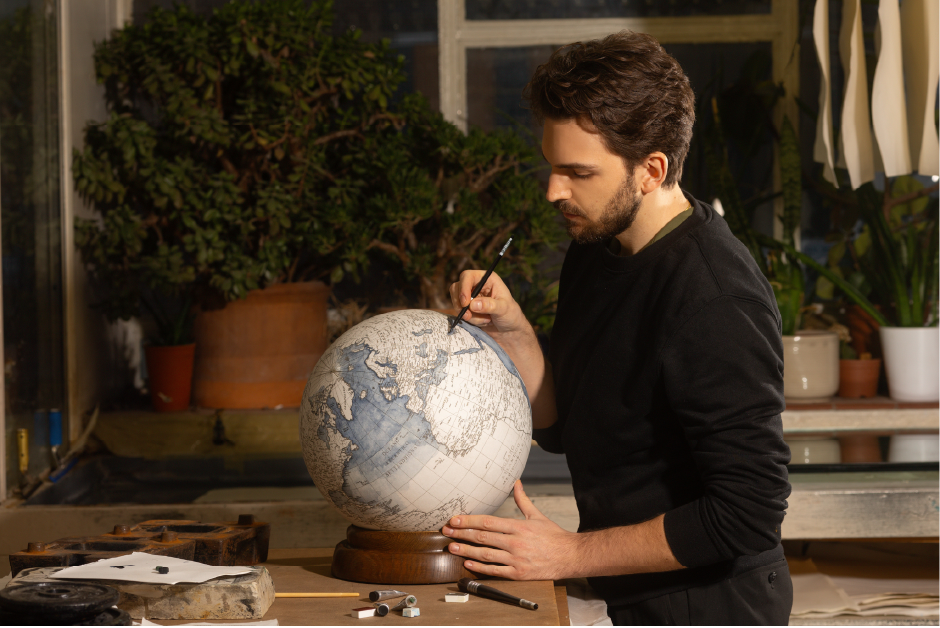



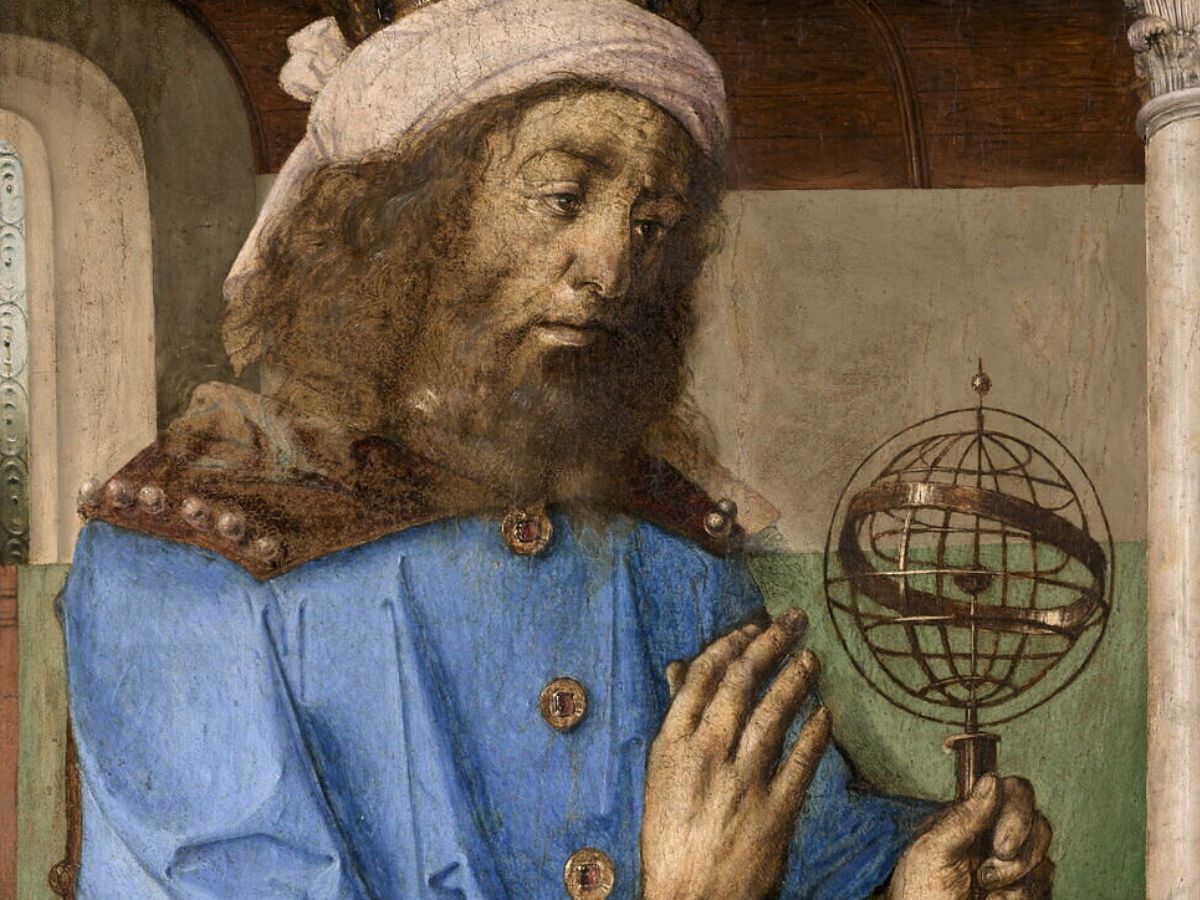

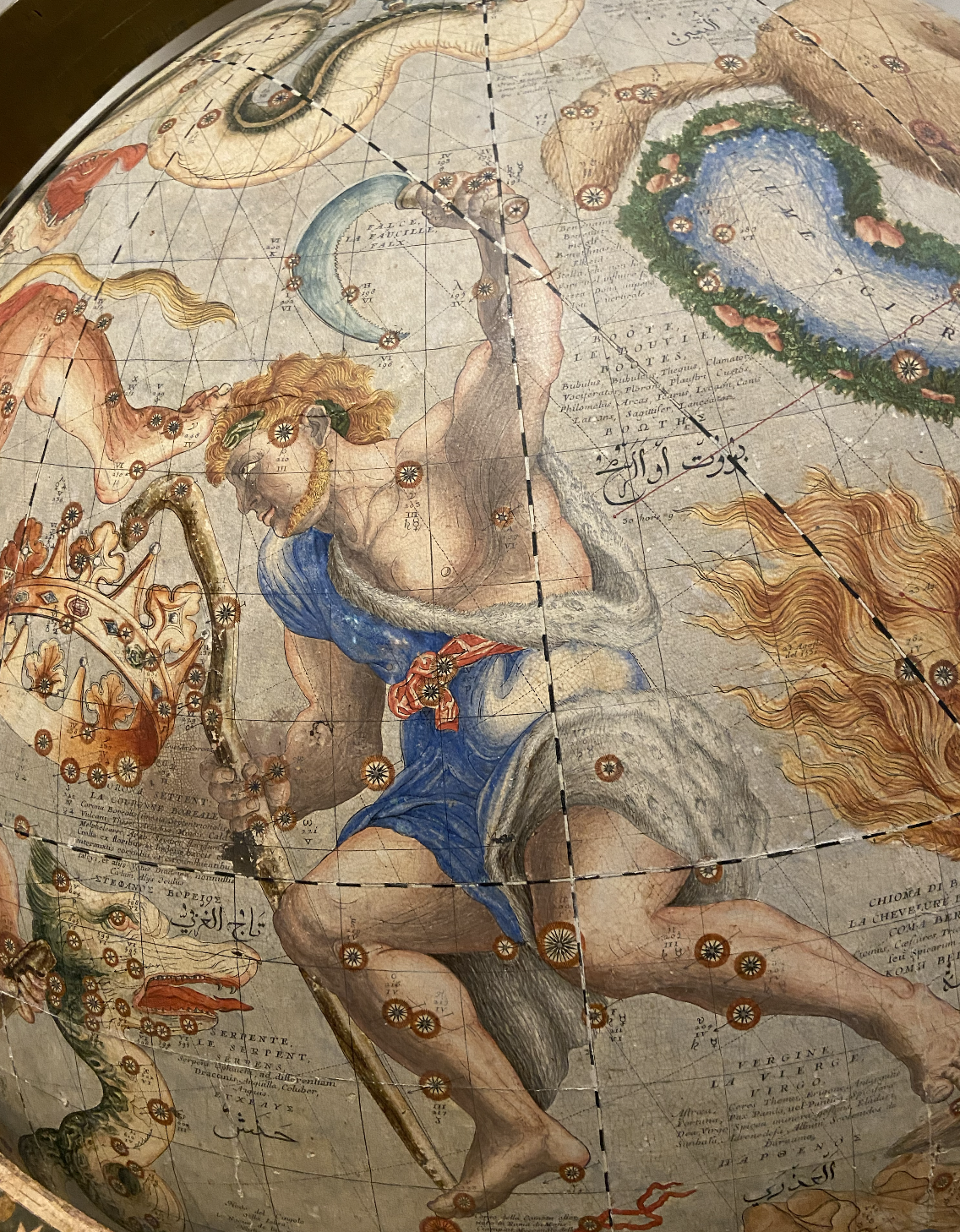
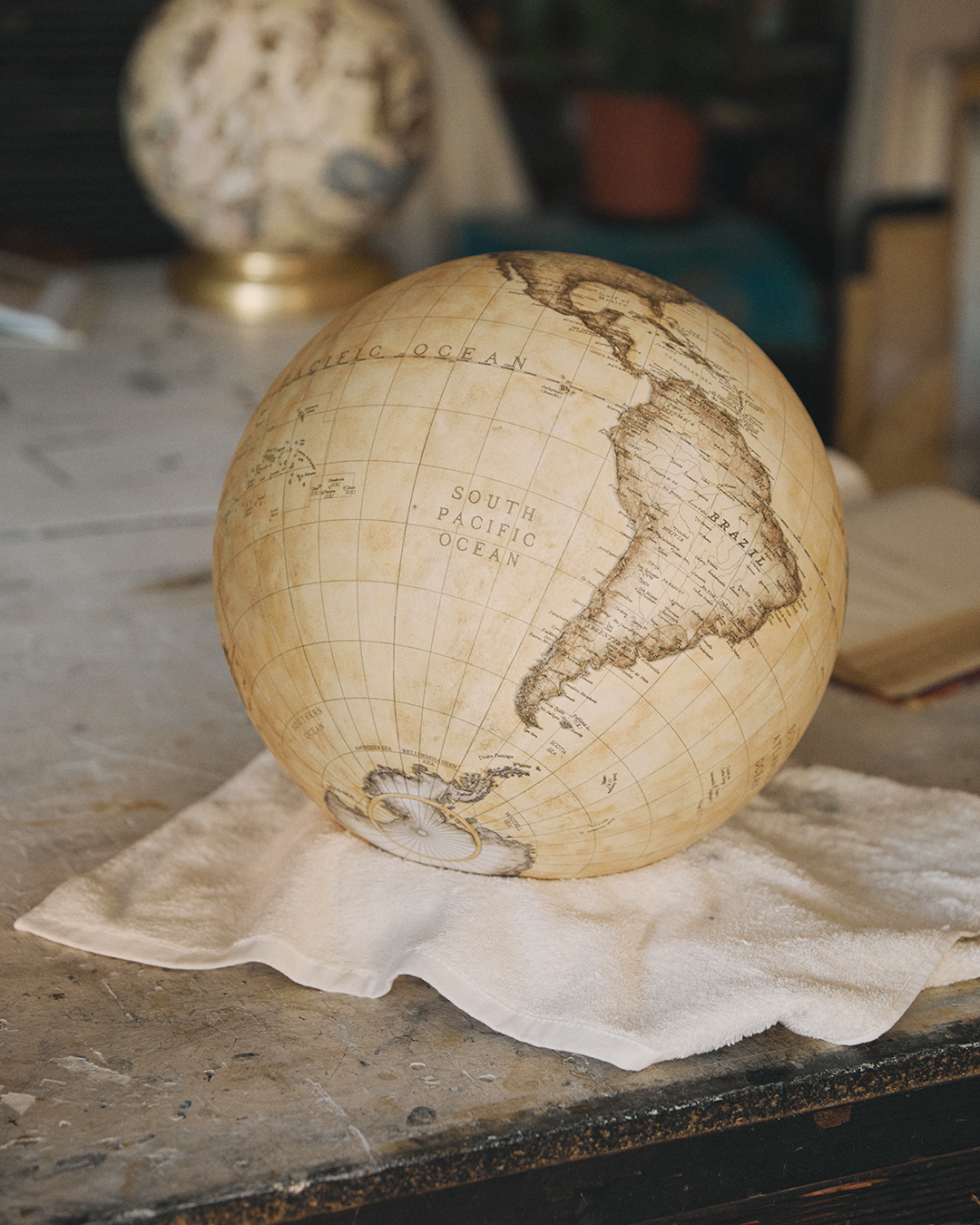
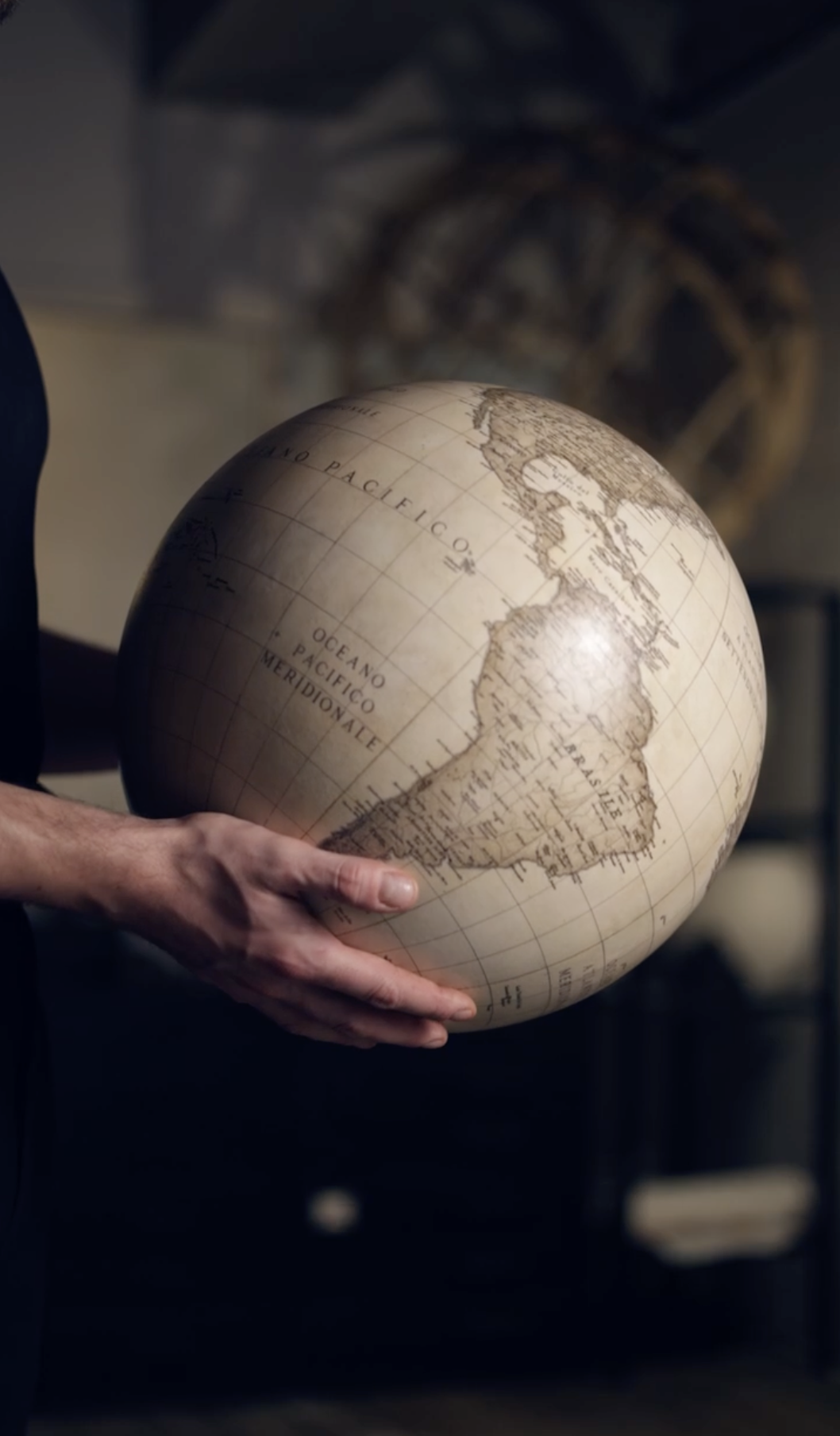


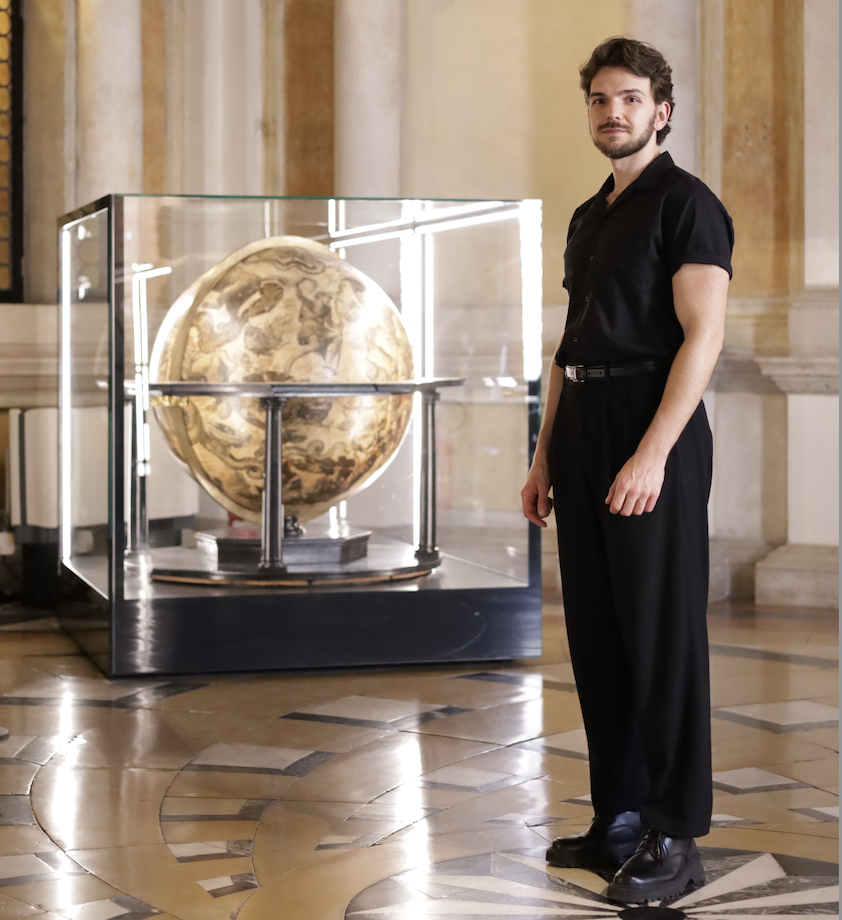


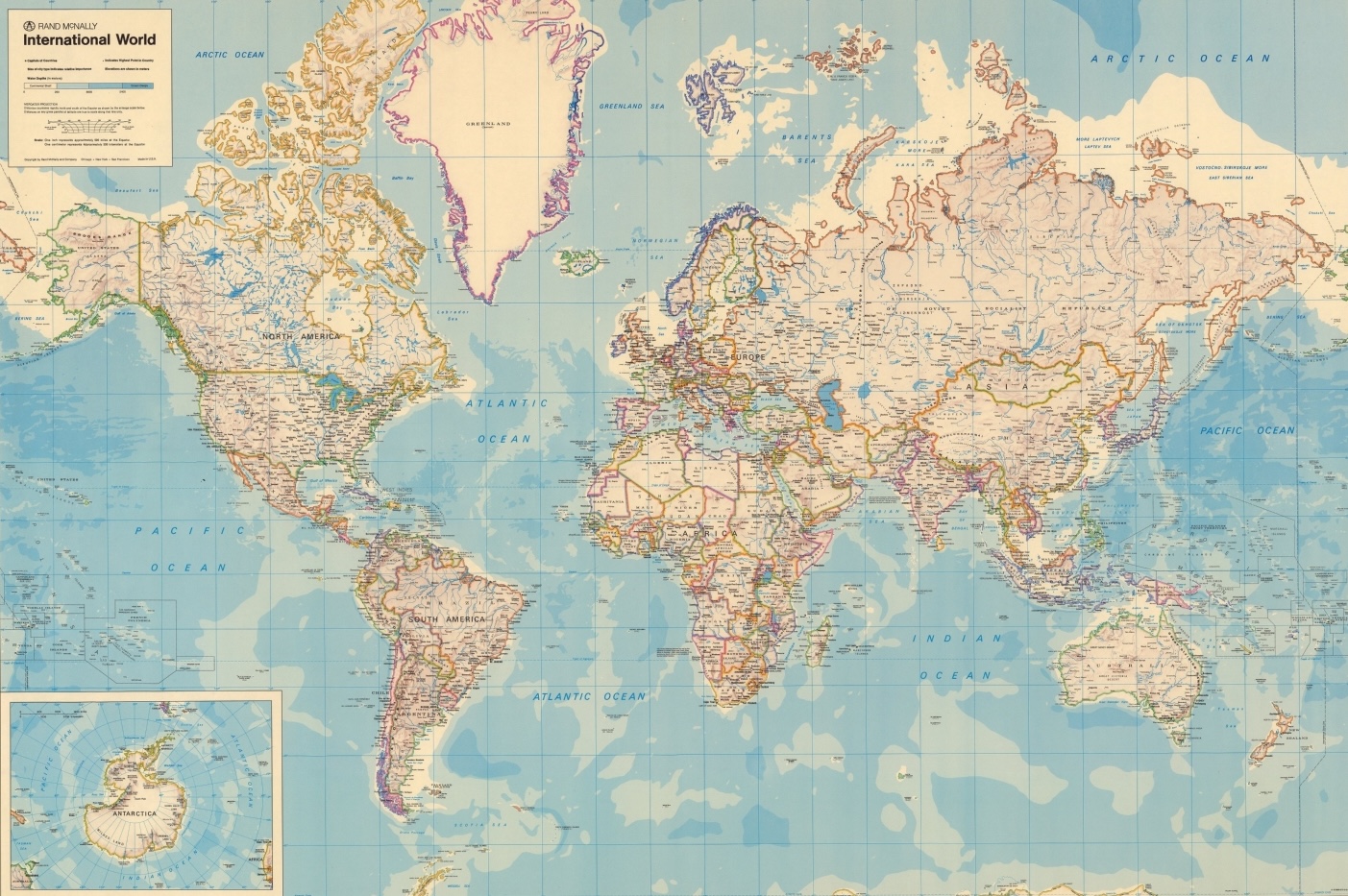
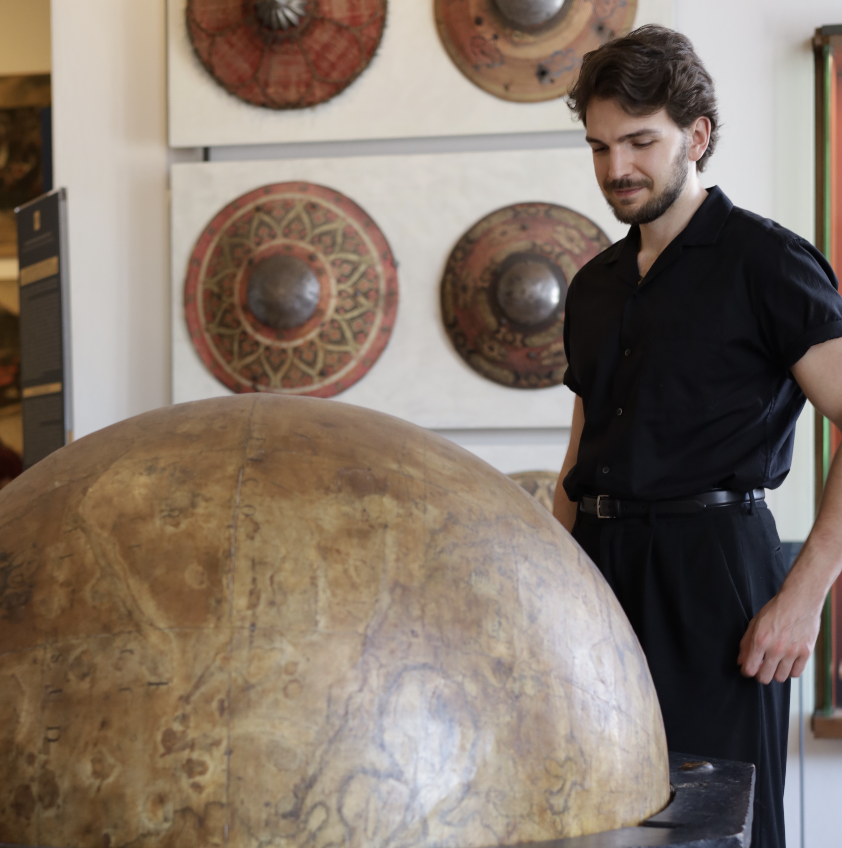
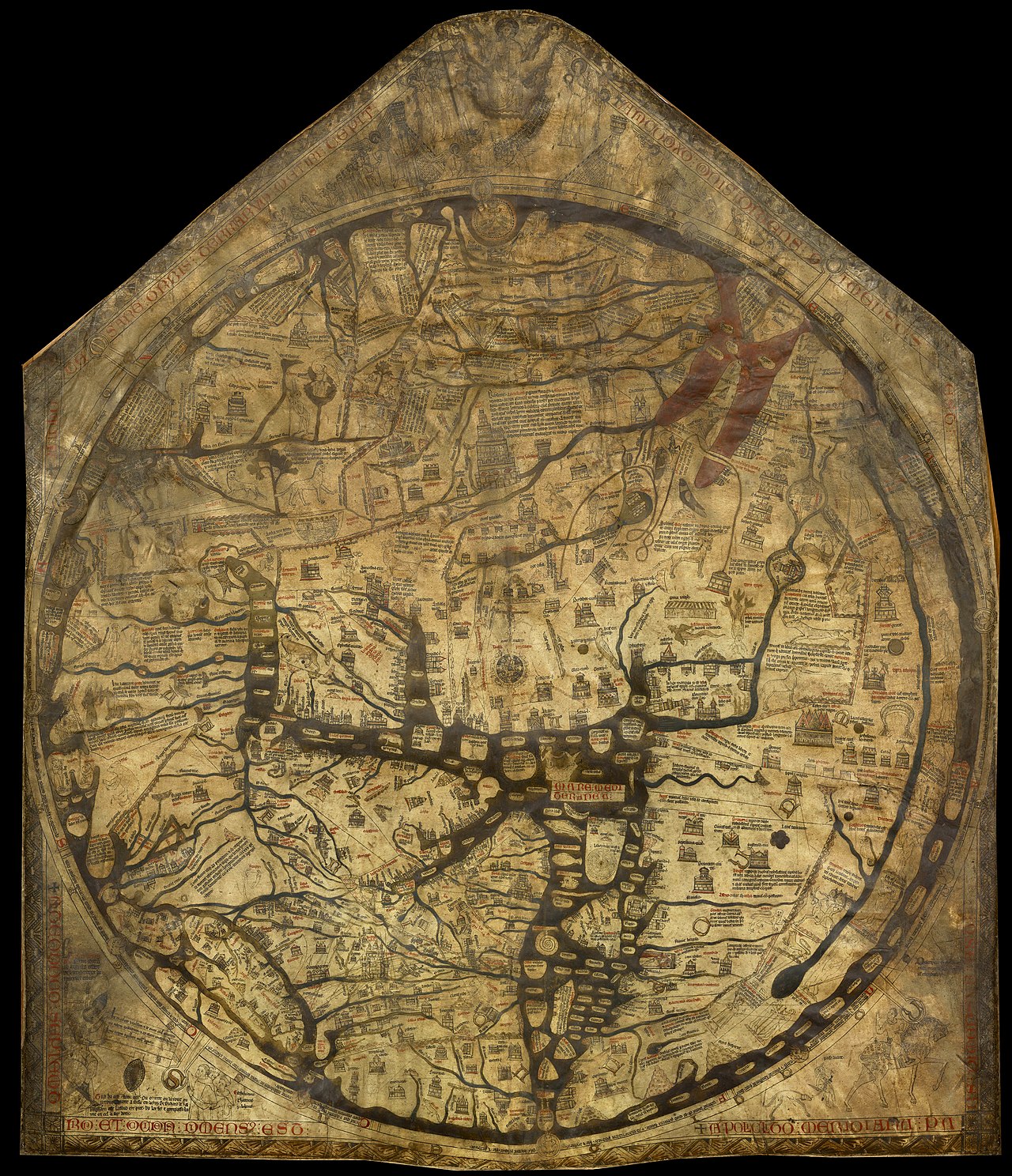
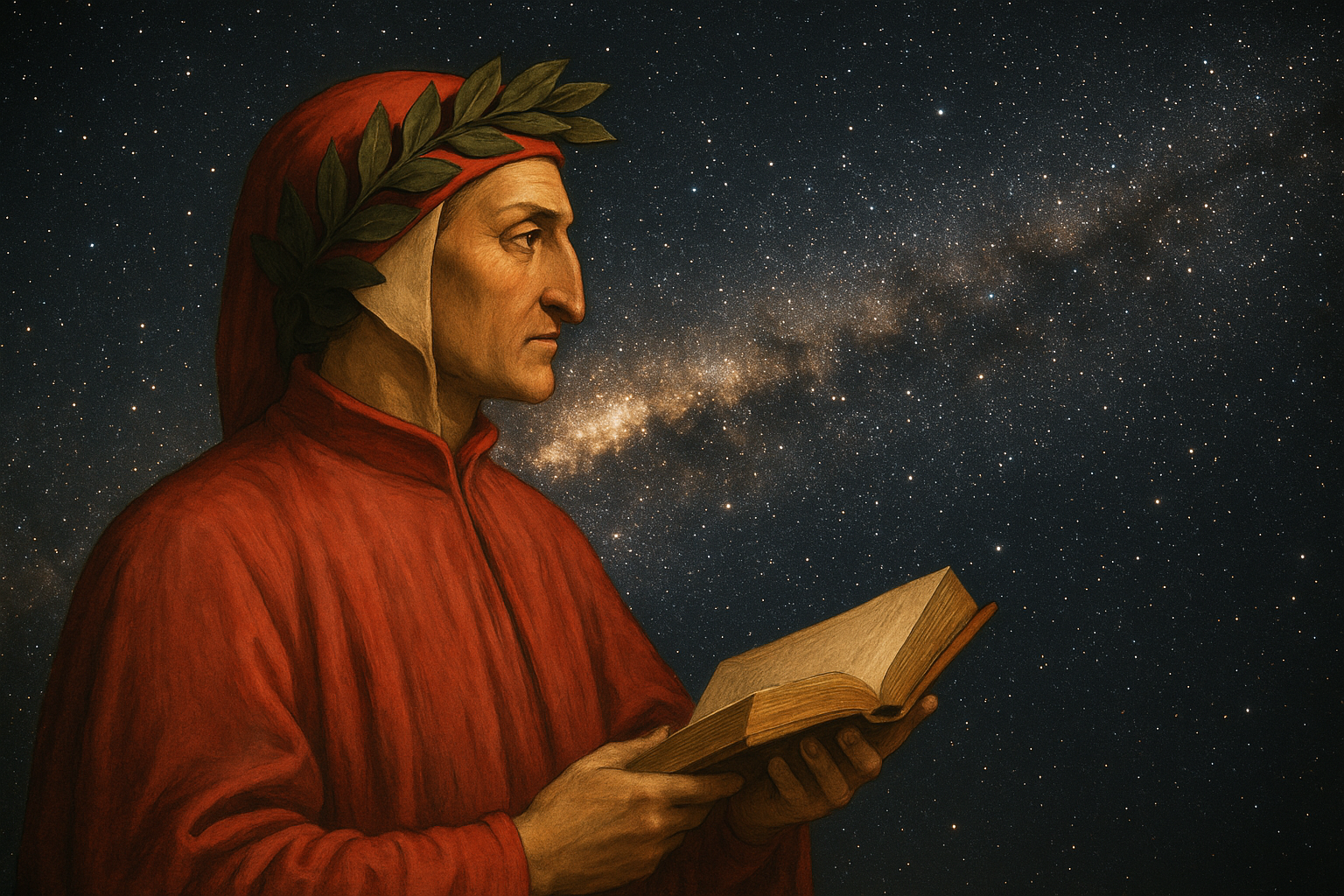
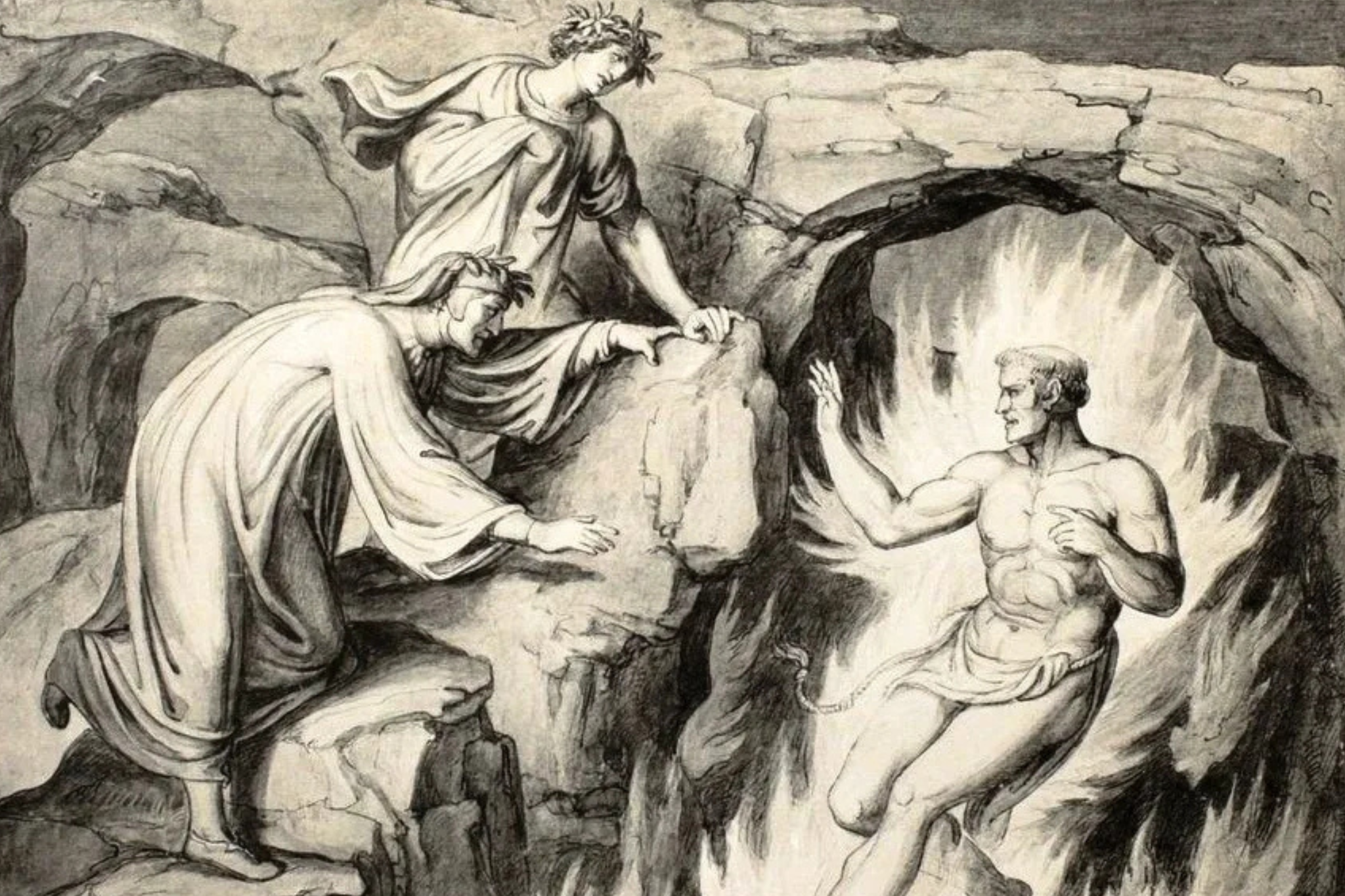

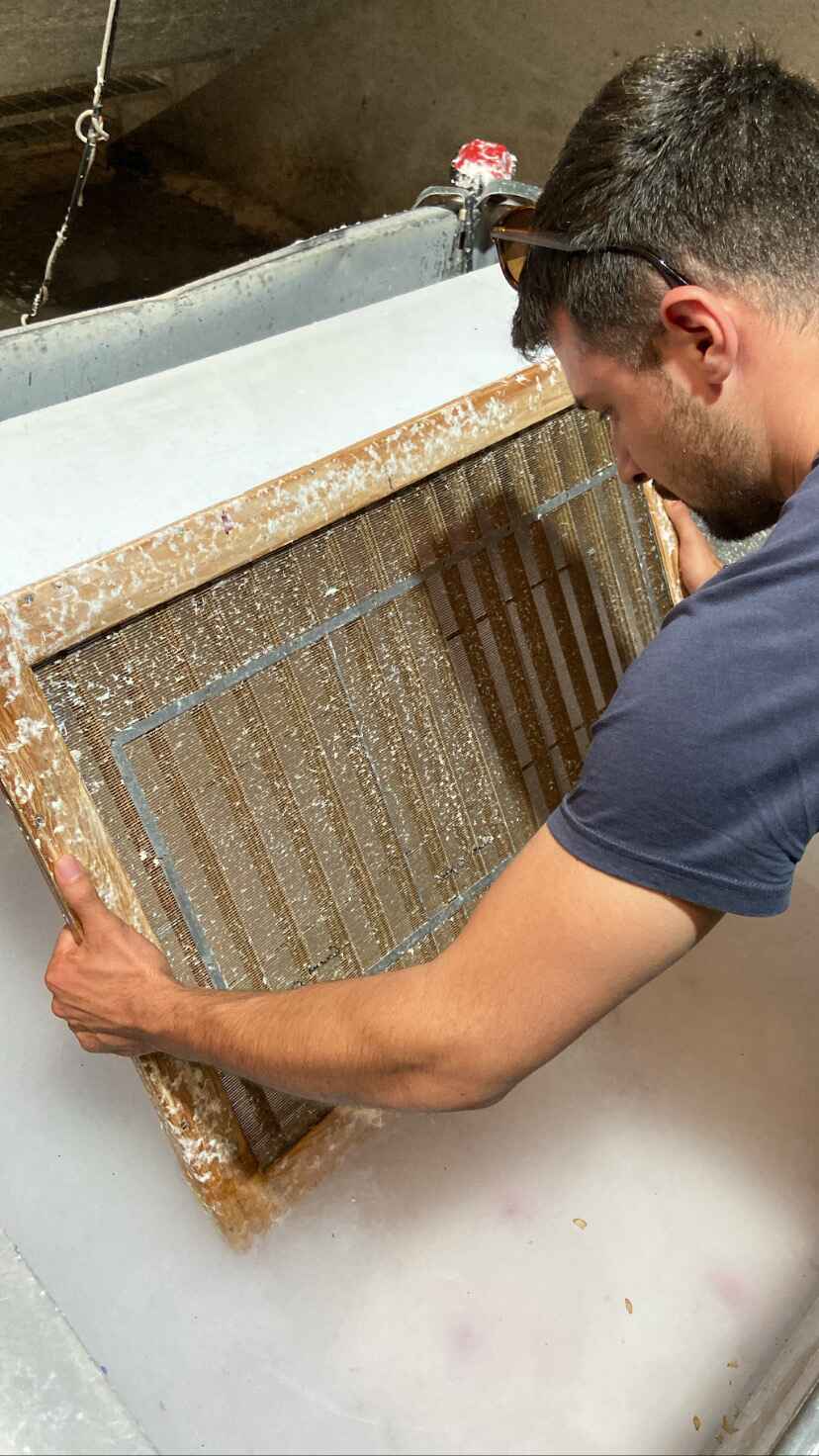






.avif)